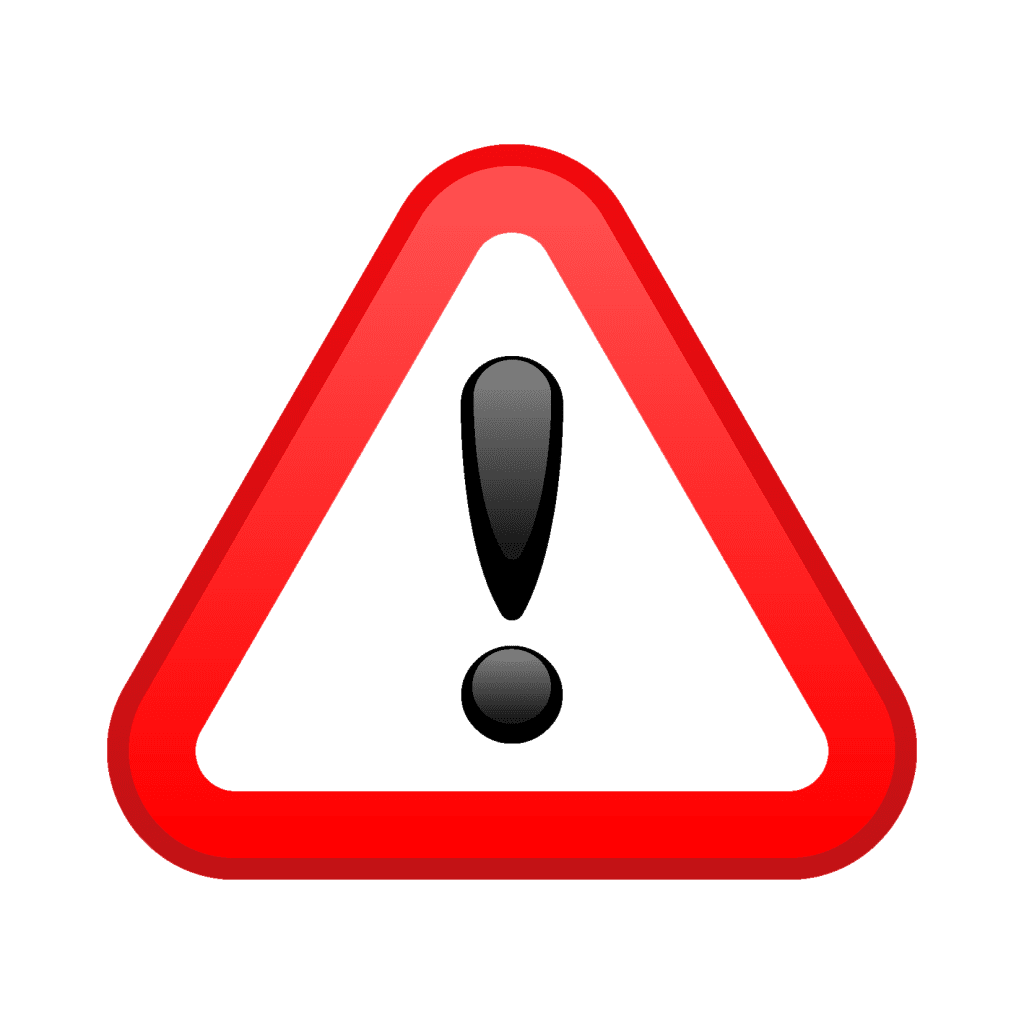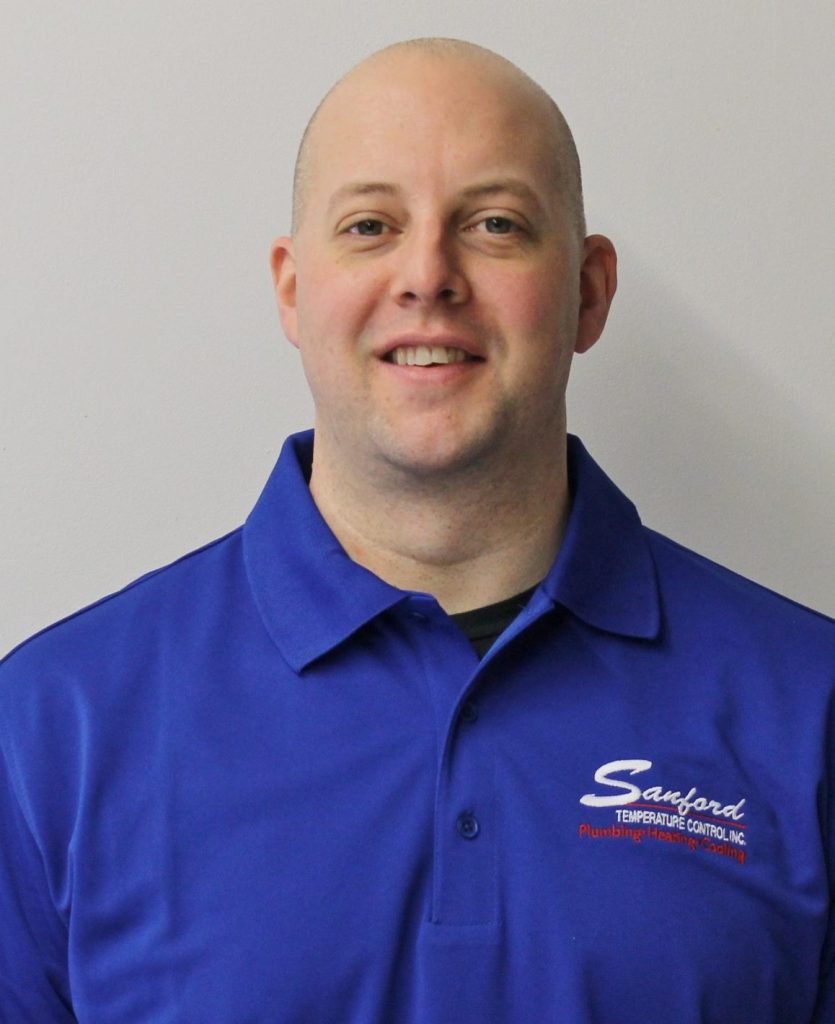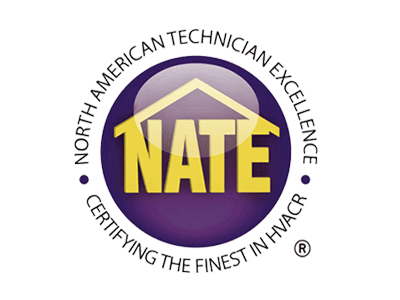 In Part 1 and Part 2 of this series, we explained that “Carbon monoxide (CO) is a deadly, colorless, odorless, poisonous gas that’s produced by the incomplete burning of various fuels, including coal, wood, charcoal, oil, kerosene, propane, and natural gas. Products and equipment powered by internal combustion engines such as portable generators, cars, lawn mowers, and power washers also produce” carbon monoxide.
In Part 1 and Part 2 of this series, we explained that “Carbon monoxide (CO) is a deadly, colorless, odorless, poisonous gas that’s produced by the incomplete burning of various fuels, including coal, wood, charcoal, oil, kerosene, propane, and natural gas. Products and equipment powered by internal combustion engines such as portable generators, cars, lawn mowers, and power washers also produce” carbon monoxide.
We pointed out that the burning of any fuel has the potential to produce carbon monoxide, some of the potential offenders that may be in your home, and revealed the 3 Myths about store-bought carbon monoxide detectors.
So how can you prevent exposure for yourself, your home, and your loved ones from carbon monoxide exposure?
Here it is in a nutshell:
- Whole House Comfort Checkup – A blower door test carried out by an expert will determine the tightness of your home and the potential pathways for CO to leak in, which can then be sealed or properly ventilated. It’s important to ask a professional if “dangerous negative pressure could be created in your home from the operation of exhaust fans, clothes dryers and closing of interior doors.”
- Maintenance: Furnace, Boiler & Water Heater – All combustion appliances should be professionally maintained on an annual basis to ensure they functioning properly and that carbon monoxide and other harmful gasses are being properly vented. Sanford uses electronic CO analyzers to determine CO levels, and will also check to make sure that the “draft be tested to ensure that combustion gases are venting up the chimney.” We can supply “an inspection and leakage test of the furnace heat exchanger. If you have a gas oven,” we can test it for CO production as well.
- Kitchen Exhaust – This is really important if you have a gas range, and it should be vented to the outdoors. If you don’t have a hood over the range, then considering getting one installed, and not the kind that filters and recirculates the air, because that won’t filter out carbon monoxide.
- Don’t Heat Your Home with a Gas Oven – When your oven is on, the potential for elevated carbon monoxide levels is a natural consequence, so make sure you’ve got a window cracked, and that your CO alarm is plugged in and ready to go.
- Say Goodbye to Unvented Heaters or Fireplaces – They’re just not safe, and the “Comfort Institute recommends against using any “unvented” gas or kerosene heaters, fireplaces or gas logs. Apart from the possibility of CO being created, they produce many unhealthy combustion byproducts. They also can produce large amounts of water vapor, which can cause condensation, moisture damage and mold growth. If you choose to keep them in your home (e.g. for emergency heat), be sure to ensure proper ventilation during operation (at least use an exhaust fan or crack open some windows during operation).”
- Don’t Grill in the Garage – This may seem obvious, but you’d be surprised. Remember that any fuel burning has the potential to release carbon monoxide, which includes propane, charcoal, and other forms of food preparation.
- Use Caution Around Wood-burning Fireplaces – “Wood smoke contains high levels of CO,” so open that damper for at least 12 hours after the fire is out, and make sure CO alarms are functioning properly. When the fire is burning, crack open a window “to reduce the negative pressure in the home created by its draft. (This negative pressure can cause water heaters or furnaces to back up.)”
- Install a “Sealed Combustion” Furnace or Water Heater – More advanced and energy efficient furnaces, boilers, and water heaters are “less susceptible to ‘backdrafting’. Backdrafting “occurs when negative pressures are created in the home (typically by exhaust fans, clothes dryers and even closing interior doors when the furnace fan is running).” Ask a professional for guidance.
- Install A Carbon Monoxide Detector/Alarm – We’ve said this before but we’ll say it again because it’s such an important safety item. “Even with the best possible preventive maintenance and testing, there are circumstances beyond our control and our ability to predict.” Therefore, we recommend that at least one Carbon Monoxide alarm be installed in every home, generally in the hallway outside the bedrooms. Homes with multiple sleeping areas should have more than one. The Comfort Institute recommends “that at least one be battery operated in the event of a power outage. An added benefit is that CO alarms often detect fire before conventional smoke detectors.”
- Annual Inspections – Not only should your appliances be installed by a professional, especially if they’re fuel-burning, but they should also be professionally inspected and serviced annually to ensure proper operation. Be sure that inspectors check chimneys and flues for blockages, corrosion, partial or complete disconnections, and loose connections. Basically, make sure that your equipment is functioning the way it should, and that no venting pathways have been compromised.
- Go Pro – It’s not a good idea to service or install fuel-burning appliances if you lack the proper knowledge and tools, so hire a professional to make sure you’re protected. If you have to perform minor adjustments that don’t require a professional, then make sure you consult your owner’s manual, or call Sanford Temperature Control if you have any questions. We’ll be happy to point you in the right direction.
- Lose the Foil – Never cover the bottom of natural gas or propane ovens with aluminum foil. This blocks the combustion air flow and can produce carbon monoxide.
- Renovation Hazards – If you’re going to renovate, then make sure all vents and chimneys aren’t blocked by tarps or debris, so that CO doesn’t back up into your home.
- Machinery – Don’t operate generators or any other kind of fuel-burning power tool in an enclosed space, such as a garage, house, or shed. Even with the doors and windows open, carbon monoxide levels can build to dangerous levels. For most people, the effects of carbon monoxide happen quickly, leaving little time to react.
Well, that wraps up our informative three-part series on the very real threat carbon monoxide poses to homeowners. We hope you’ve found our information helpful. If you have any questions, please feel free to Contact Us, and click here to learn more about carbon monoxide detectors!

Adrian W.
Marketing Manager





